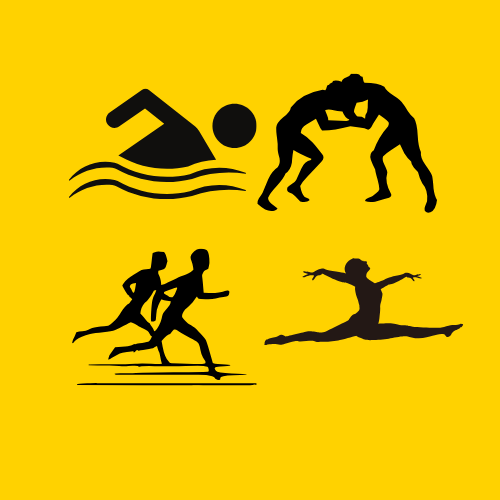
Why Duke Kahanamoku Should be Remembered as a True Pioneer
Duke Kahanamoku's legacy extends far beyond the shores of Waikiki Beach where his statue stands as a testament to his brilliance. He is often remembered primarily for his role in popularizing surfing, but his accomplishments as an Olympic swimmer established him as a formidable athlete in his own right. Winning gold medals in the 100-meter freestyle at both the 1912 and 1920 Olympics, Kahanamoku’s innovative flutter kick and competitive edge made him an absolute powerhouse in the swimming world. Yet, in the wider conversation concerning the world’s greatest athletes, his name is often overlooked.
Understanding the Athlete Behind the Legend
When examining the greatest athletes of all time, names like Michael Phelps and Serena Williams often dominate discussions. But what about Duke Kahanamoku? A multi-sport star, his influence spans swimming and surfing—platforms that have served as foundations for future generations of athletes. Kahanamoku's contributions to athleticism, particularly in swimming, set the tone for future competitions and innovations, much as Jim Thorpe did across various sports. Yet, unlike Thorpe’s well-documented fame, the depths of Kahanamoku’s impact fade quietly into the background.
From Surfer to Swimmer: The Dual Legacy
Many visitors to Hawaii might recognize Kahanamoku as a surfing icon, but they stumble upon his impactful swimming history only when standing in front of his statue. It’s astonishing how often the timeline of his life is reduced to one title, overshadowing his Olympic feats. His transformation from swimmer to surf legend showcases a duality that mirrors the story of many athletes who transition from one sport to another. Yet, Kahanamoku's dual status as both the godfather of surfing and a swimming champion makes his contributions to sport even more significant.
The Mainstream Narrative: Why It Matters
Exploring why certain athletes—like Kahanamoku—are forgotten in discussions about greatness reveals much about cultural narratives. Kahanamoku competed in an era where media exposure was limited, making it challenging for his accomplishments to reach a global audience. As an athlete of Hawaiian descent, his legacy also intersects with themes of representation and visibility in sports culture. This historical oversight raises questions about who gets celebrated in history and why. The conversation around athlete recognition should also involve understanding these cultural dynamics.
Redefining Greatness: A Multi-Dimensional Perspective
What does it mean to be ‘the greatest athlete’? Some may argue it lies in dominance within a single sport, while others believe true greatness encompasses versatility and pioneering spirit across multiple fields. Kahanamoku’s achievements represent a bridge between these philosophies. By understanding his contributions to both swimming and surfing, a more multi-dimensional perspective on athletic greatness becomes practical. Should we not honor those who crush boundaries while paving the way for others?
The Future of Kahanamoku’s Legacy
As sports enthusiasts, coaches, and parents, it's crucial to educate younger generations about legends like Duke Kahanamoku, who have transformed athletic landscapes. His enduring impact on surfing and swimming should serve not only as a reminder of the talents he possessed but also as a source of inspiration to all aspiring athletes. Understanding Kahanamoku’s journey is vital for creating a community that honors diversity and ingenuity across sports.
Taking Action: Celebrating Forgotten Athletes
So, how can you contribute to keeping Duke Kahanamoku’s legacy alive? Share his story, recognize the rich layers of his career, and inspire upcoming athletes to appreciate multi-sport legends. Conversations in locker rooms, classrooms, or youth sports events create opportunities for collective remembrance of athletes who changed the game. Let Kahanamoku’s remarkable journey inspire our lives and serve as an example of excellence and versatility.
 Add Row
Add Row  Add
Add 




Write A Comment